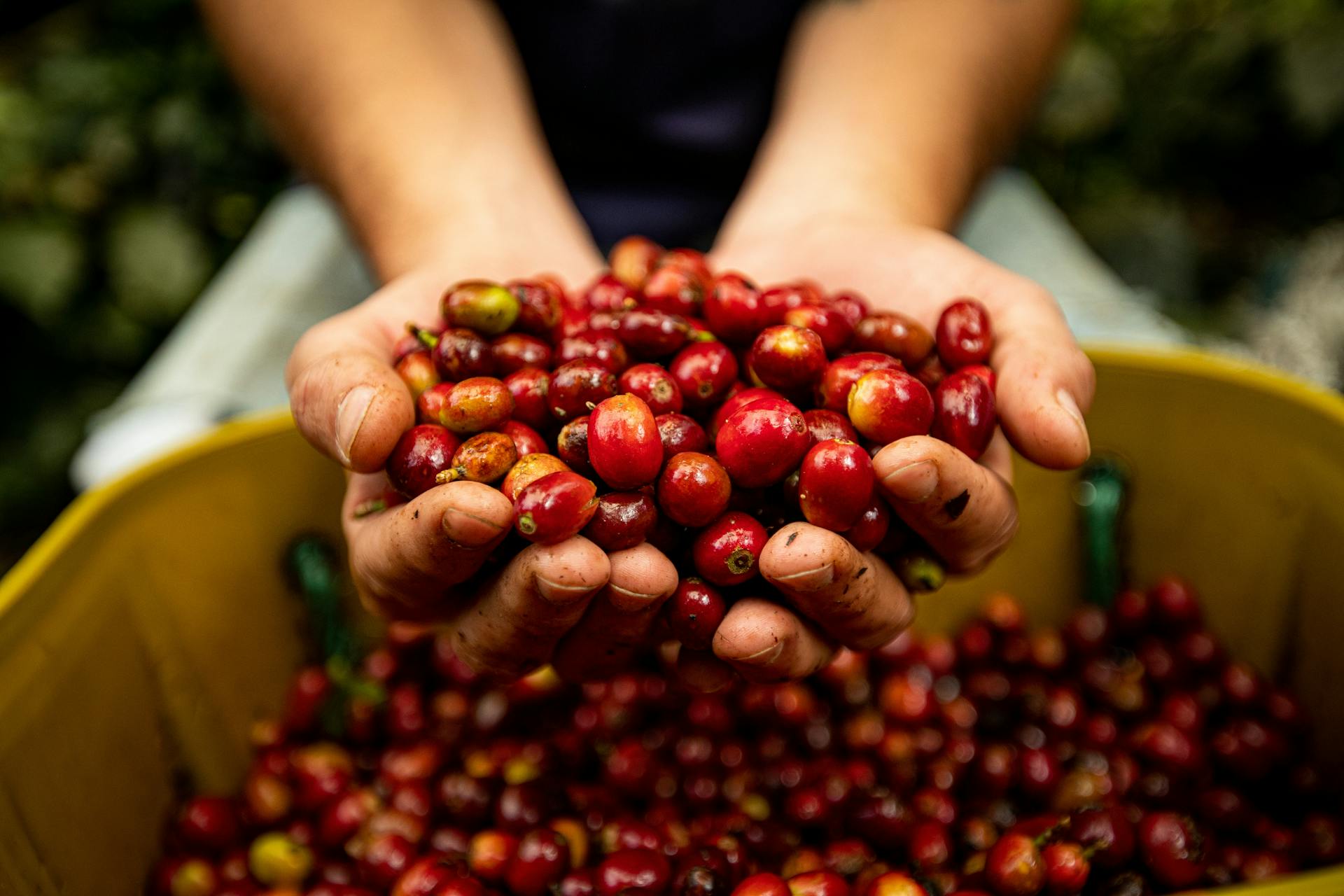Colombia's coffee reputation is world-class, but true appreciation goes beyond the supermarket label. Understand the unique flavor profiles stemming from diverse regions like Huila, Nariño, or the Sierra Nevada. Learn the difference washing vs. natural processing makes, and discover how to find truly exceptional specialty coffee experiences during your visit – whether on a traditional finca tour or in Bogotá's best cafés.
Regional Differences Matter
Not all Colombian coffee tastes the same! Altitude, soil, and microclimates create distinct regional characteristics. Coffee from Nariño, grown at very high altitudes, often exhibits bright acidity and delicate floral notes. Huila, another powerhouse region, typically offers a balanced cup with fruity and caramel undertones. The Sierra Nevada mountains yield beans with heavier body and nutty, chocolatey hints. Exploring coffee from different regions is a journey in itself.
Processing Methods: Washed vs. Natural
The way coffee cherries are processed after picking dramatically impacts flavor. The predominant method in Colombia is 'washed', where the fruit pulp is removed before drying. This results in a clean, bright cup highlighting the bean's inherent acidity. 'Natural' processing, where the cherry dries with the fruit intact, is less common but growing; it imparts more intense fruitiness and sweetness to the final brew.
Finding the Best Cup
Look beyond generic labels. Seek out specialty coffee shops in major cities that highlight single-origin beans and specific farms. Ask the barista about the origin and processing. Consider a tour of a working coffee farm (finca) in the Eje Cafetero or other regions for a hands-on understanding. Thierry Collection can arrange curated coffee tours and recommend the best spots for truly exceptional Colombian coffee.
